Ultra-sensitive Sony A7S gets better denoising with DxO Optics Pro; RX100 III and more also supported
posted Thursday, July 10, 2014 at 7:02 PM EST
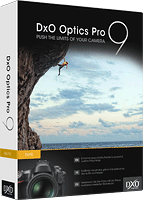
French software company DxO Labs has just released an update to its flagship imaging utility, DxO Optics Pro, adding support for five new cameras and a vast selection of camera body / lens combinations. The DxO Optics Pro v9.5.1 update now supports the Sony RX100 III, Sony A77 II, Nikon J4 and Samsung NX30. In addition, the Elite version of the product also supports the ultra-sensitive Sony A7S full-frame mirrorless camera.
Perhaps the most important thing enabled by the new update is support for DxO's PRIME denoising engine, which debuted with version 9 late last year. The PRIME engine only works on raw data, so if your camera isn't supported for raw import, you're out of luck. It's a pretty useful tool, though, because it essentially throws a much higher level of processor power at the problem of fighting noise than do most other apps -- not to mention the camera body itself. And it strikes us as particularly relevant with the Sony A7S, a camera whose mission is to unlock sensitivities that are almost unheard of, and make them usable.
The Sony A7S does a pretty impressive job even straight out of the camera, but at the higher sensitivities, artifacts are clearly visible when viewed 1:1. We were curious to see how Optics Pro would manage, so we fed several high ISO images from our Sony A7S review into the latest version of the app to see how much of an improvement it could make. (Want to give it a whirl yourself? The original raw files and out-of-camera JPEGs for all three images can be found here, along with quite a few more you can try.)
Note that in each of the images and 100% crops shown below, the Optics Pro 9.1.5-processed version is shown by default. To see the original out-of-camera JPEG version, hover your mouse pointer over the image.
|
ISO 51,200 raw image from the Sony A7S processed with DxO Optics Pro
(hover your mouse over the image and 100% crops to see out-of-camera results) |
|
 |
|
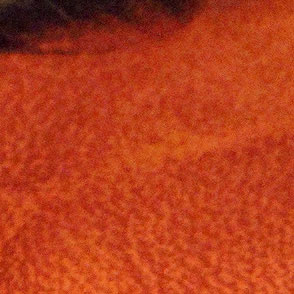 |
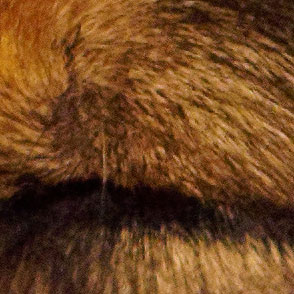 |
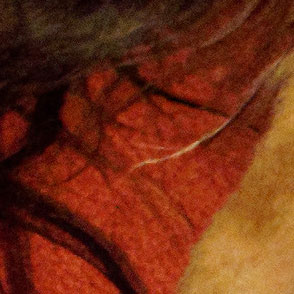 |
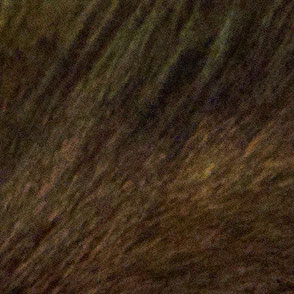 |
| . | |
It's worth noting with the comparisons above and below that we only spent a couple of minutes on each image, and that we disabled all corrections other than PRIME denoising. (Of course, "disabled" here is a relative thing -- we're working on raw data, so even with everything disabled, there are obvious differences between DxO's rendering and that from the out-of-camera JPEG, especially as regards distortion correction in the latter two images below.) And we weren't aiming to remove all noise from each image, but rather to dial it back to provide a balance between noise reduction and detail.
|
ISO 80,000 raw image from the Sony A7S processed with DxO Optics Pro
(hover your mouse over the image and 100% crops to see out-of-camera results) |
|
 |
|
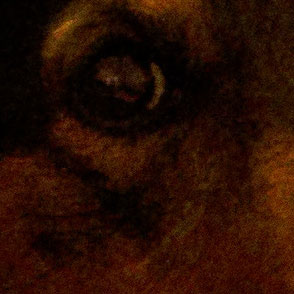 |
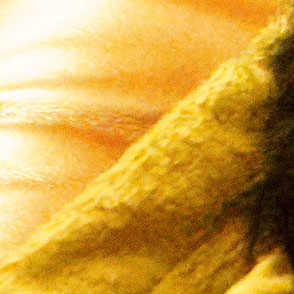 |
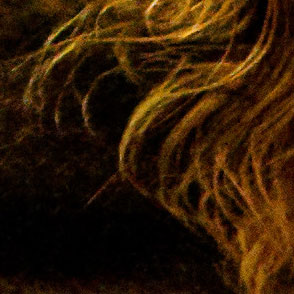 |
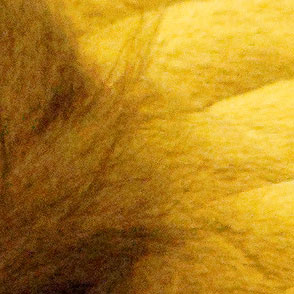 |
| . | |
With that said, while the difference certainly isn't startling, it's pretty clear that Optics Pro can extract more detail from each image than can the camera's own processor and JPEG engine. And that's as it should be: We're talking about perhaps 90 seconds of processor time on a reasonably powerful Intel Core i7-950 desktop processor here. Bearing that in mind, what Sony's extracting out of a mobile processor that must render an image in a fraction of a second using only a small battery as a power source is quite impressive
|
ISO 160,000 raw image from the Sony A7S processed with DxO Optics Pro
(hover your mouse over the image and 100% crops to see out-of-camera results) |
|
 |
|
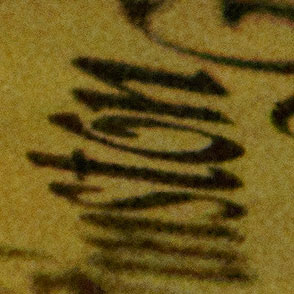 |
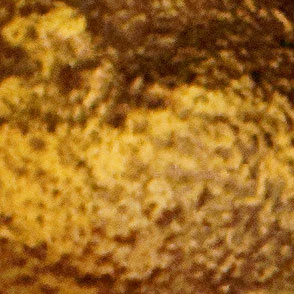 |
 |
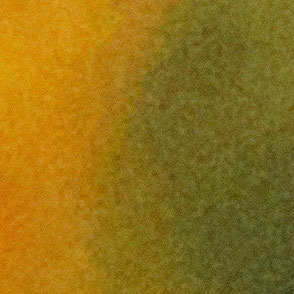 |
| . | |
For our money, the most significant difference isn't the added detail to be found in the DxO images, though. It's the fact that Optics Pro's grain is finer and less obtrusive than that out of camera, which seems less film-like. There's also less sign of sharpening artifacts in DxO's rendering, and spending a little more time on each image could likely yield even better results. (As would enabling DxO's many other corrections, many of which are automatic and can yield a very significant improvement for little extra workload.)
All things considered, Optics Pro 9.5.1 makes for a pretty nice pairing with the Sony A7S, we think. As well as the other newly-supported cameras, the new release also adds support for 376 different pairings of Canon, Konica Minolta, Nikon, Olympus, Samsung, Sigma, Sony, Tamron, Tokina, and Zeiss lenses when used with Canon, Fuji, Nikon, Olympus, Panasonic, Samsung and Sony camera bodies.
Available immediately, DxO Optics Pro 9.5.1 is a free update for existing Optics Pro 9 owners, or those who've purchased Optics Pro 8 since September 1st, 2013. New customers ordinarily pay US$170 for the Standard edition, or US$300 for the Elite edition. However, thru July 15th, discounted pricing of US$100 for Optics Pro 9 Standard or US$200 for Optics Pro Elite is available. Customers with earlier versions will find upgrade pricing detailed in the DxO Labs customer center. A one-month time-limited trial is also available.